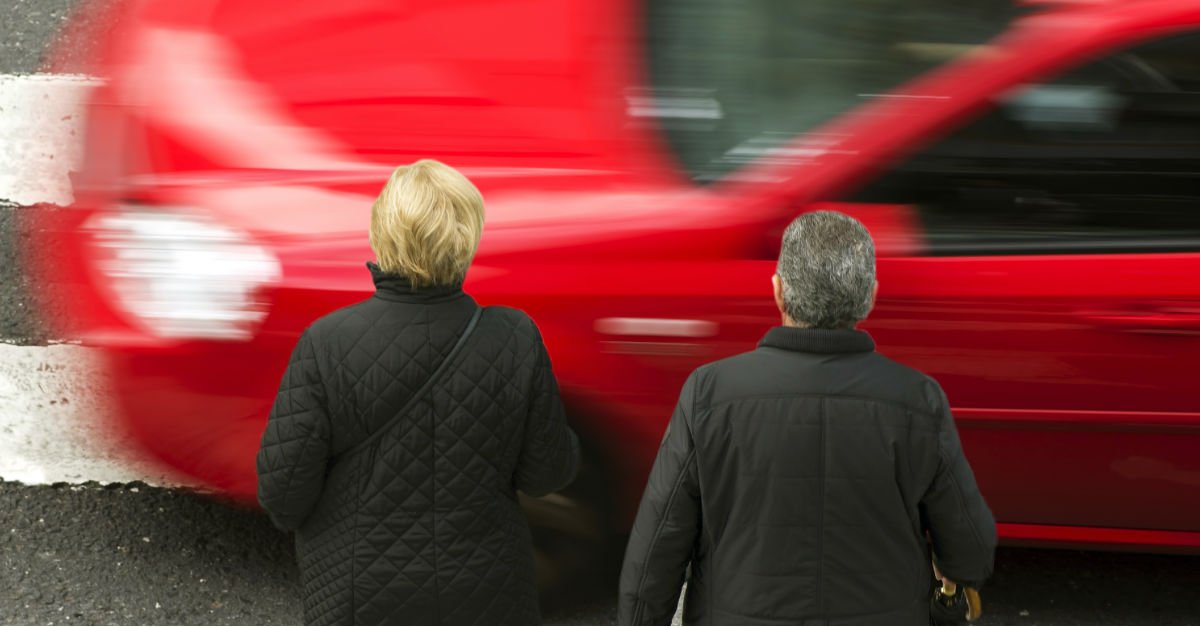
Motorists have an obligation to share the road safely with other road users and remain alert for pedestrians, who are particularly vulnerable in the event of a traffic collision. Far too many drivers fail to watch out for pedestrians, leading to serious accidents. Pedestrian accidents occur frequently in walkable cities such as Charleston and North Charleston. In fact, Charleston has more than twice as many pedestrian fatalities as any other city in South Carolina. North Charleston has the third highest rate of pedestrian fatalities.
If you have been struck by a car while walking in Charleston, SC, you may be entitled to seek money for medical bills and other losses you have incurred. You shouldn’t be saddled with medical bills for injuries caused by a careless or inattentive driver. The Charleston pedestrian accident attorneys at Joye Law Firm want to help you pursue full compensation.
Our dedicated lawyers have more than 50 years of experience representing injured South Carolinians. We’re proud of our record of helping others. We can help you pursue all possible sources of compensation for your injuries and other losses. Contact Joye Law Firm to discuss your legal options after a pedestrian accident in North Charleston. Don’t hesitate to call us for a free consultation.
How Do Pedestrian Accidents Happen?
The rate of pedestrian traffic deaths in the United States has soared in recent years, according to the Insurance Institute of Highway Safety (IIHS). More than 7,522 pedestrians were killed in the U.S. in a recent year.
One of every five people who died in traffic accidents in South Carolina in 2020 was a pedestrian, according to the National Highway Traffic Safety Administration.
South Carolina recorded 187 pedestrian fatalities that year, the highest number in the last 10 years. The fatalities Included 24 deaths in Charleston County.
Some of the most common causes of pedestrians being hit by a car in Charleston include:
- Speeding– Motorists who drive at higher speeds have less time to recognize a person on foot crossing an intersection or standing in the road and react to avoid hitting the pedestrian.
- Driving under the influence– Alcohol is a factor in nearly half of all fatal pedestrian crashes, according to the CDC. Drivers also may become dangerously impaired after consuming recreational drugs or certain types of prescription or over-the-counter (OTC) medications.
- Distracted driving– Pedestrians make up at least 15 percent of all traffic fatalities involving a distracted driver, based on National Highway Traffic Safety Administration (NHTSA) statistics.
Other common factors involved when a pedestrian is hit by a car in Charleston include:
- Driver fatigue
- Driver inexperience
- Drunk driving
- Driving too fast for conditions
- Failure to check blind spots
- Failure to yield the right of way
- Running red lights or stop signs
- Improper turning or merging
- Defective car parts or systems
- Poorly maintained parts or systems
- Poor road conditions
Driver and Pedestrian Responsibilities in Charleston
Under South Carolina law, both pedestrians and motorists have rights and responsibilities when using the road. Here are some of the most important rules to keep pedestrians safe in Charleston:
- Pedestrians must obey traffic control signals that apply to them unless directed otherwise by a law enforcement officer.
- Pedestrians may only cross the road at designated crosswalks.
- Pedestrians must remain in a place of safety when oncoming vehicles are close enough to present a safety hazard.
- Pedestrians must use the right half of a crosswalk when crossing.
- Pedestrians must yield to oncoming vehicles any time they cross the street outside of a designated crosswalk. Pedestrians are prohibited from crossing intersections diagonally unless legally directed to do so.
- Pedestrians are prohibited from walking on roadways when sidewalks are available unless strictly necessary. In such cases, pedestrians walking on the roadway should keep to the shoulders, walk along the left side of the road on any highways, and yield the right of way to all vehicles.
- Pedestrians are prohibited from walking along freeways unless they are directed to do so by a police officer, engaged in road work or official duties, or in the aftermath of an accident.
- Pedestrians are prohibited from standing on roadways to solicit rides or employment.
The following laws apply to motorists who drive near pedestrians:
- Drivers must yield the right of way to any pedestrian crossing the road in a crosswalk if the pedestrian is on or near the driver’s half of the roadway, even when traffic control devices are missing or non-operational. Drivers are prohibited from passing other vehicles that are stopped to allow pedestrians to cross the road at marked or unmarked crosswalks.
- Drivers should yield the right of way to all pedestrians in an intersection, even if the light is green.
- Drivers making a right or left turn must be prepared to yield to pedestrians.
- Drivers must bring their vehicles to a complete stop when approaching pedestrians with guide dogs or raised canes attempting to cross.
- Drivers must exercise caution to avoid striking pedestrians at all times, provide audible signals when necessary, and take special care around children and obviously incapacitated persons.
- Drivers crossing sidewalks must always yield the right of way to any pedestrians on the sidewalk.









